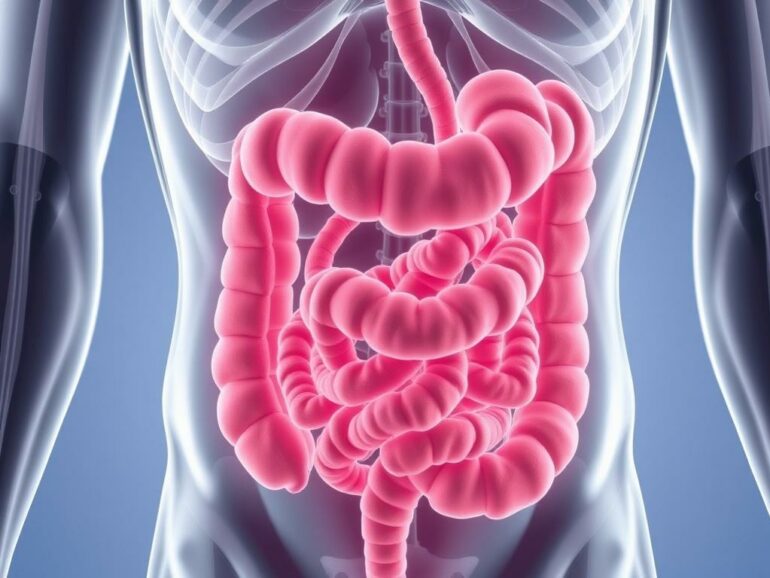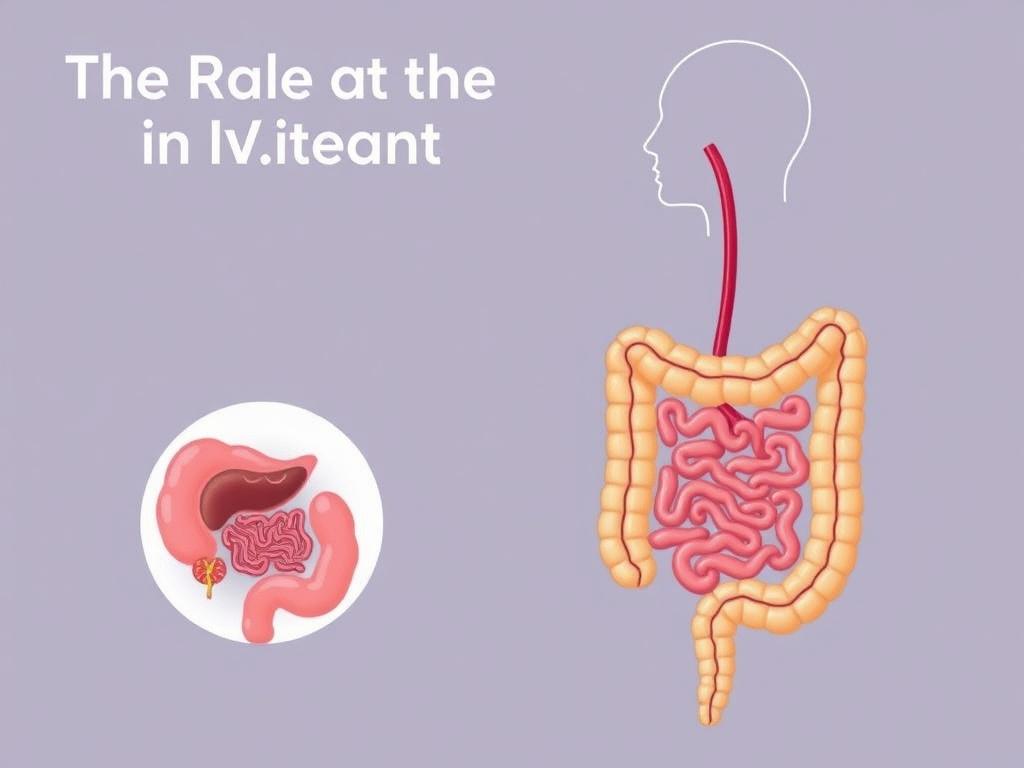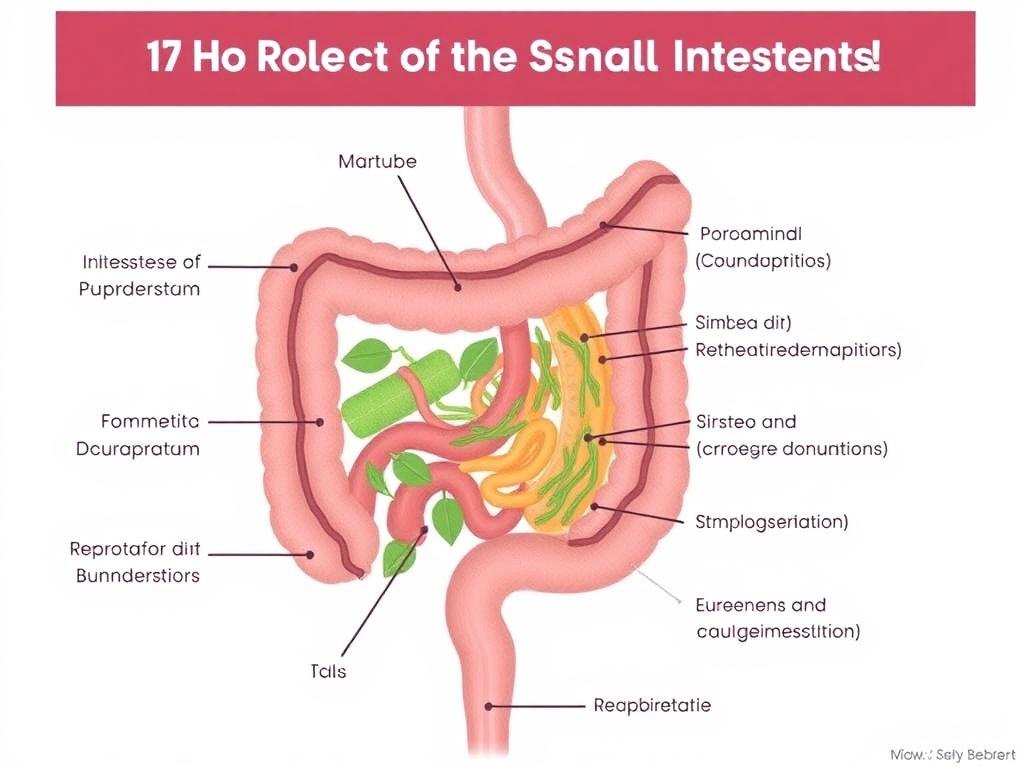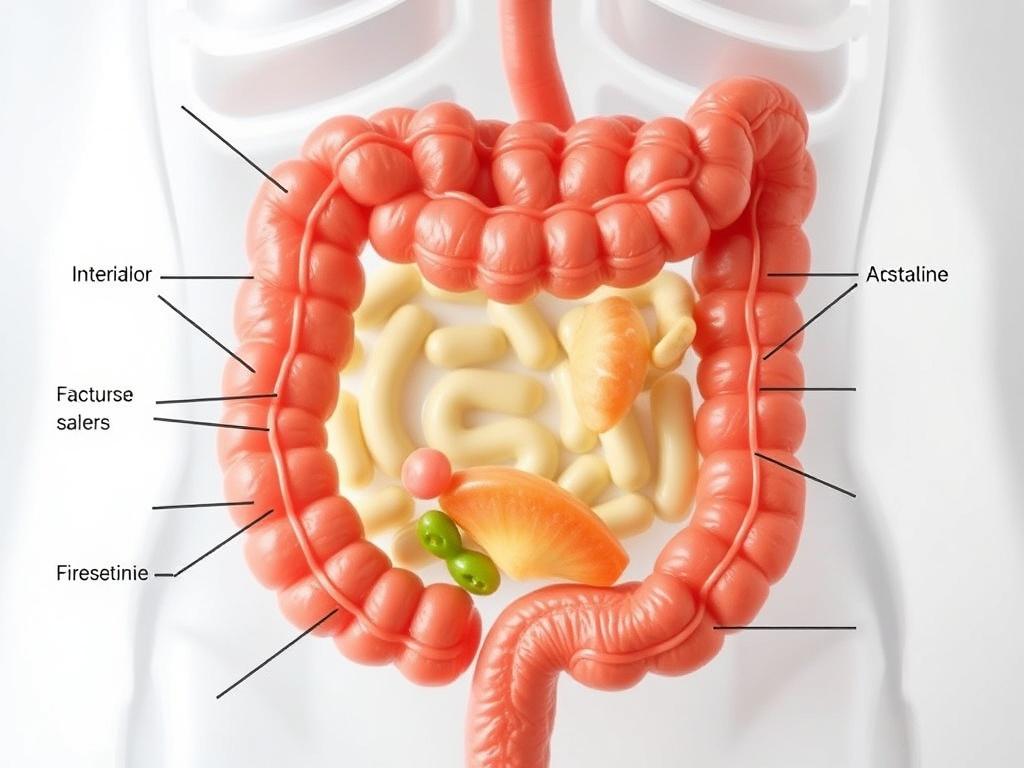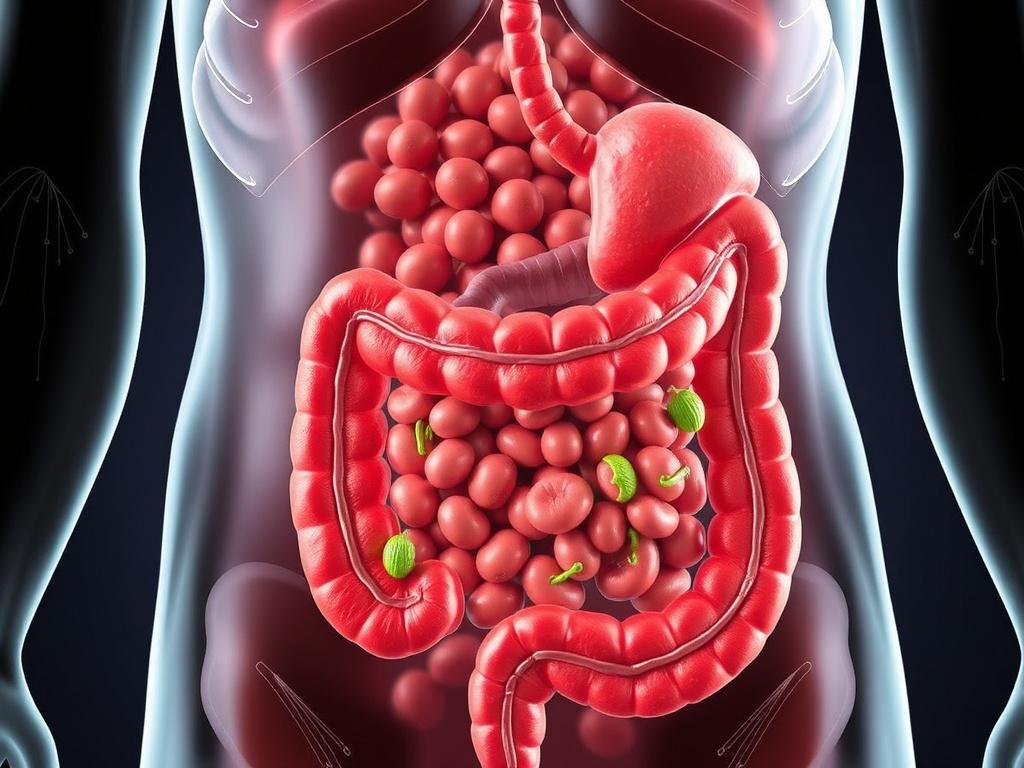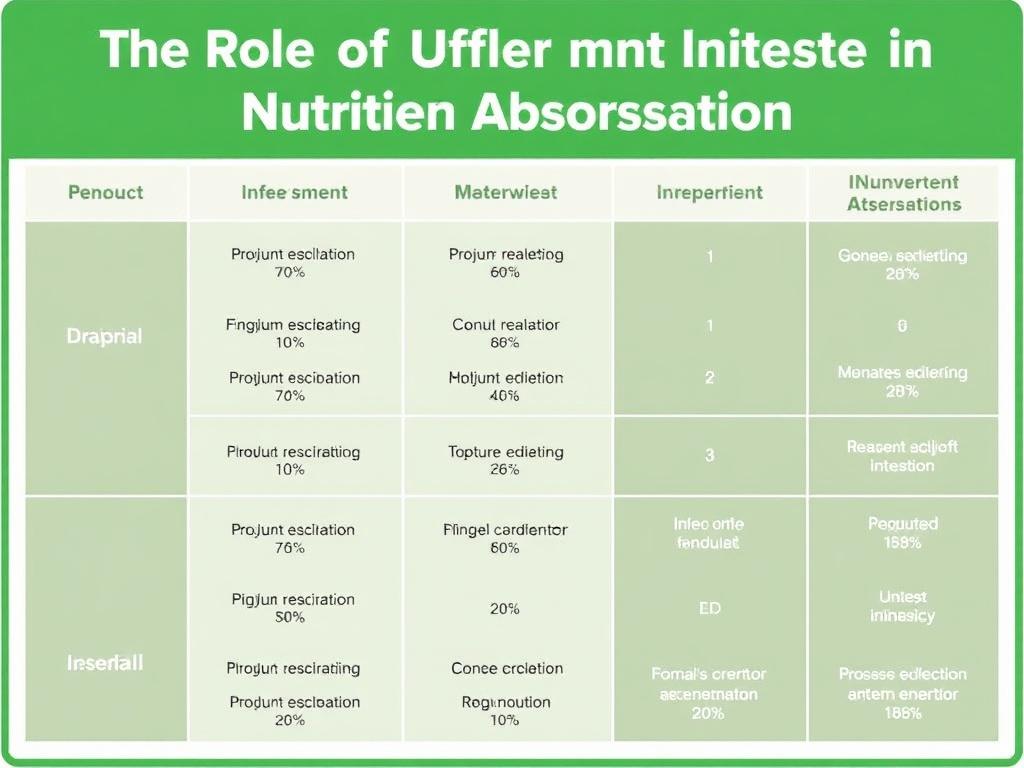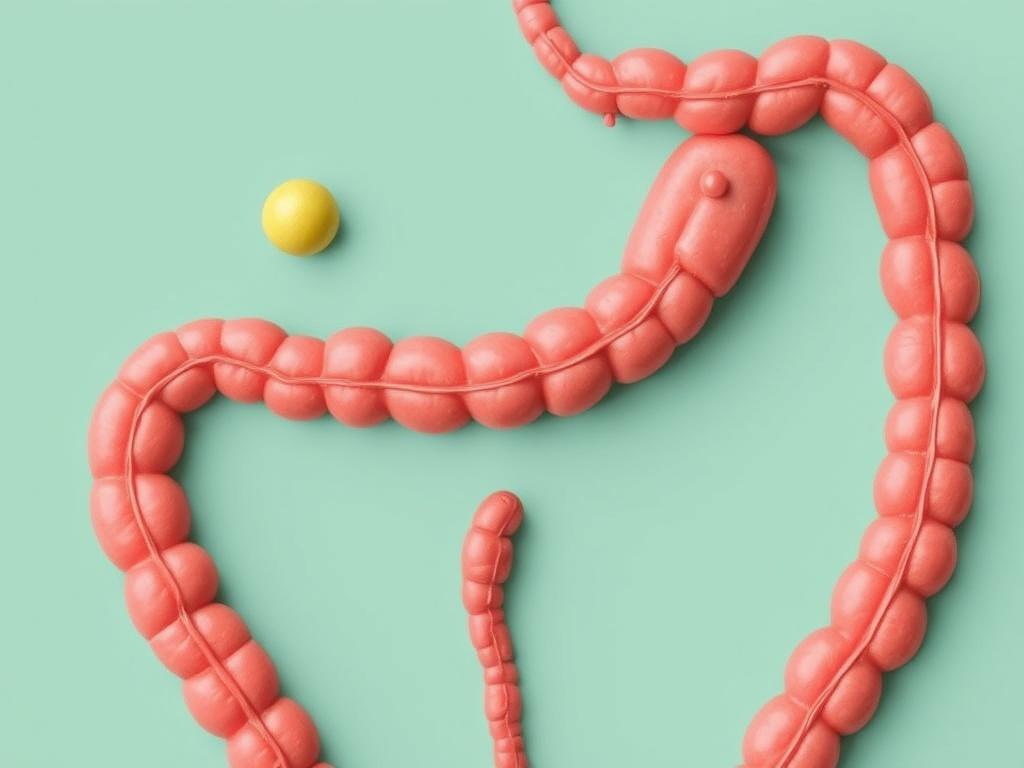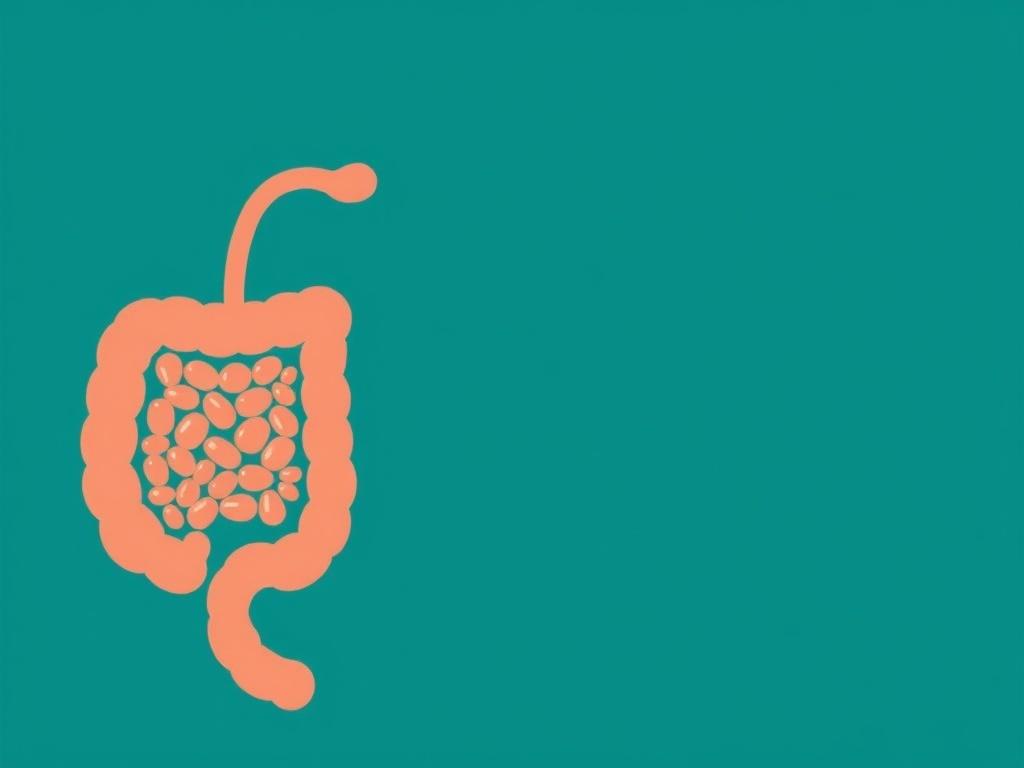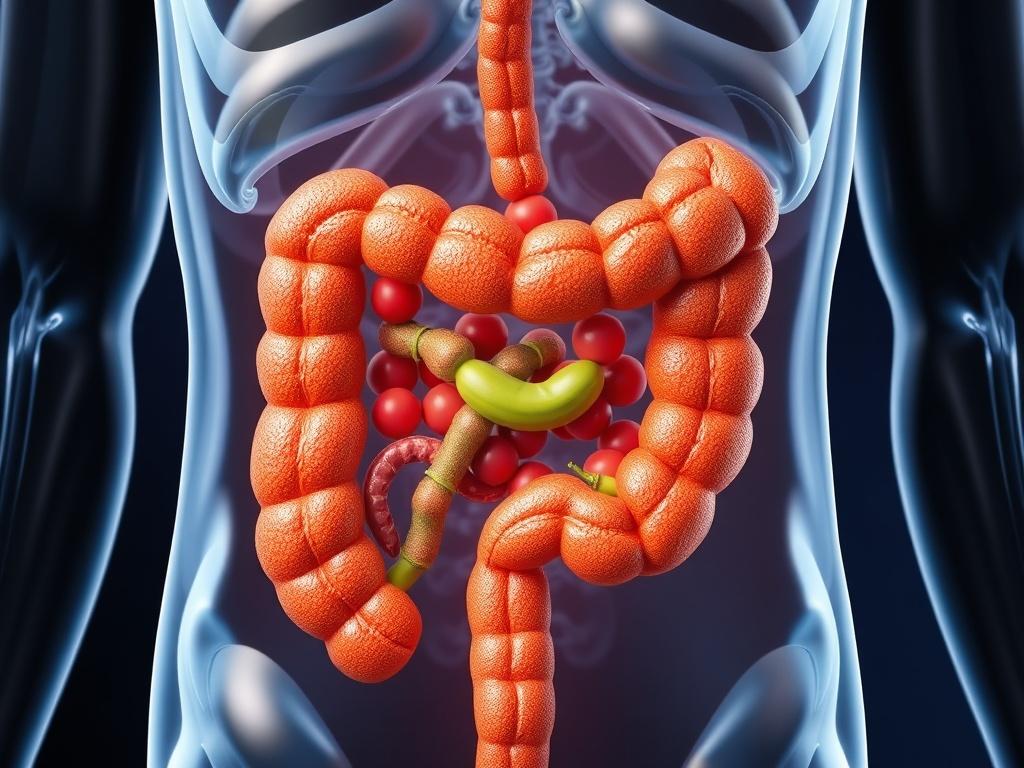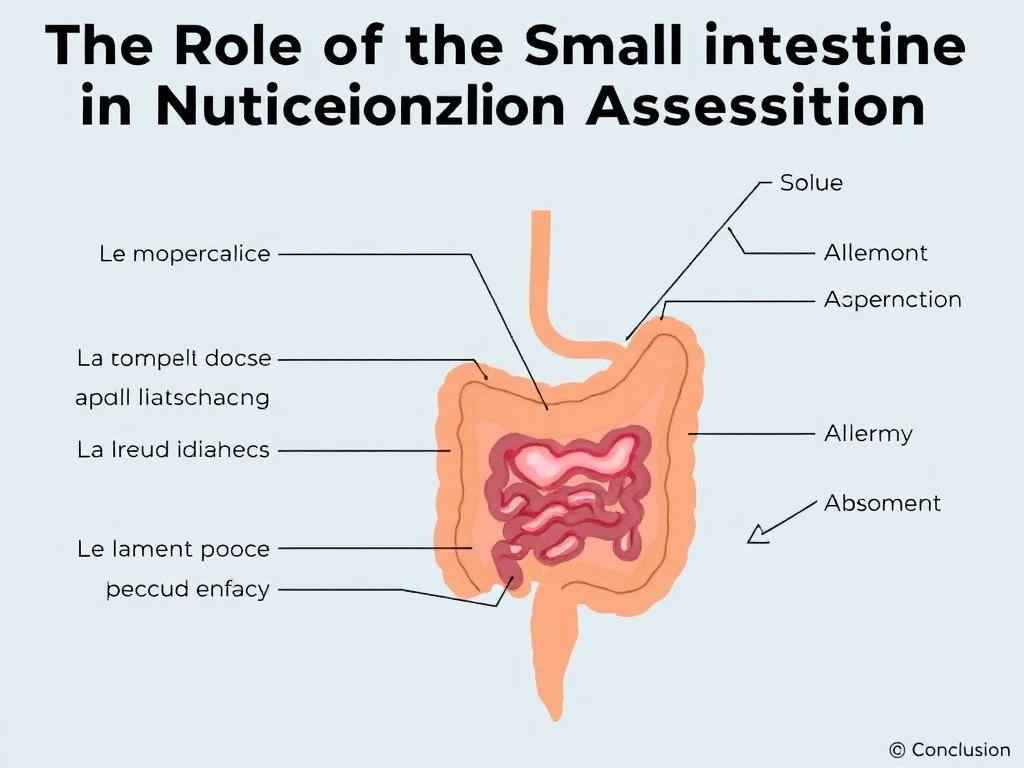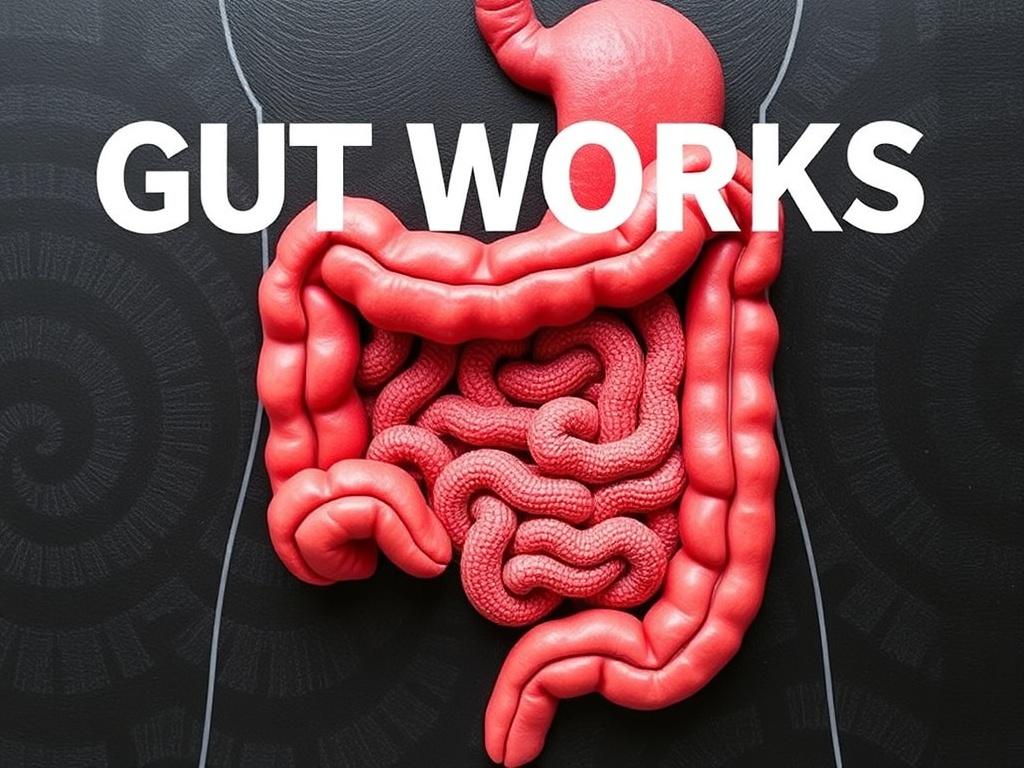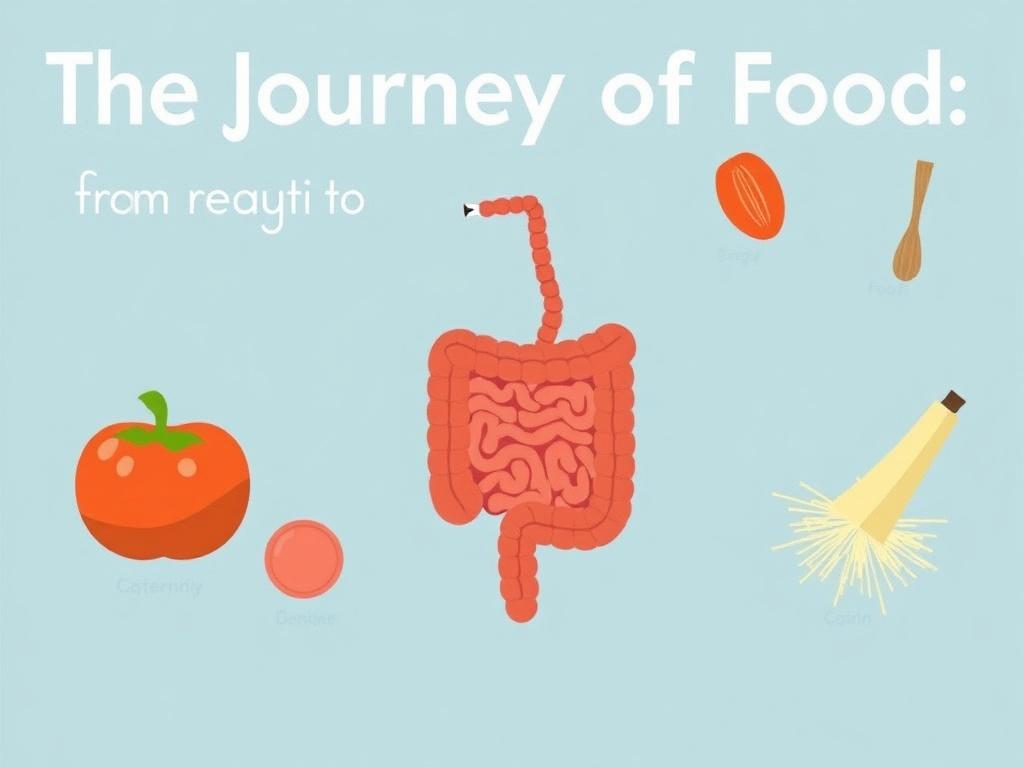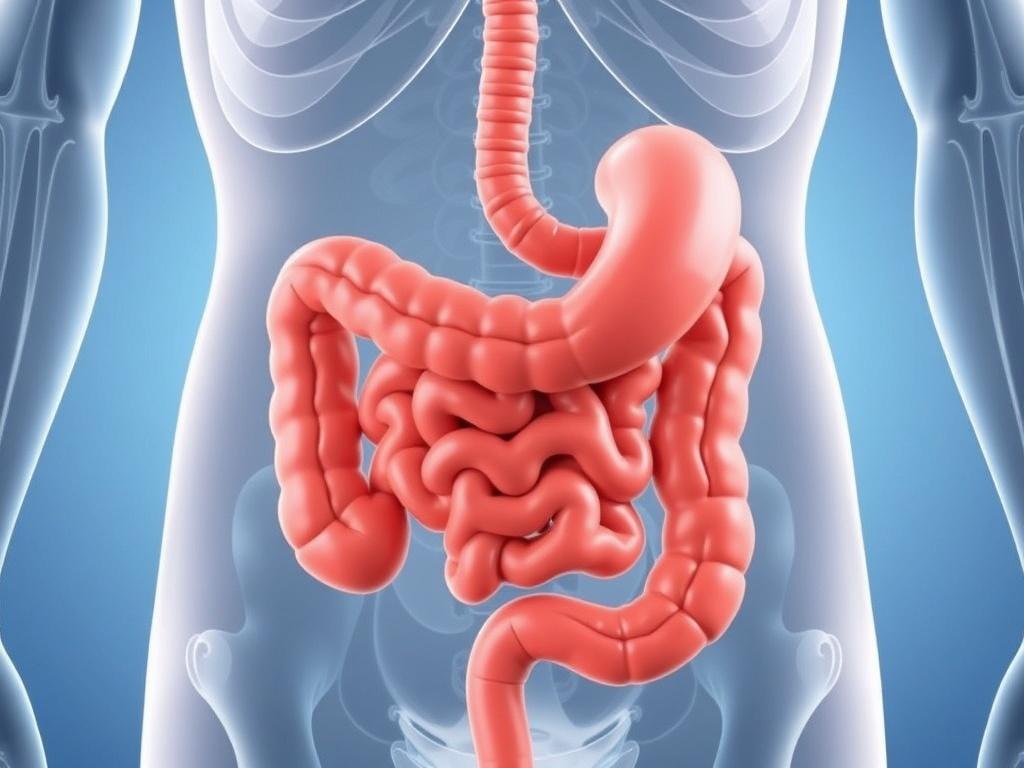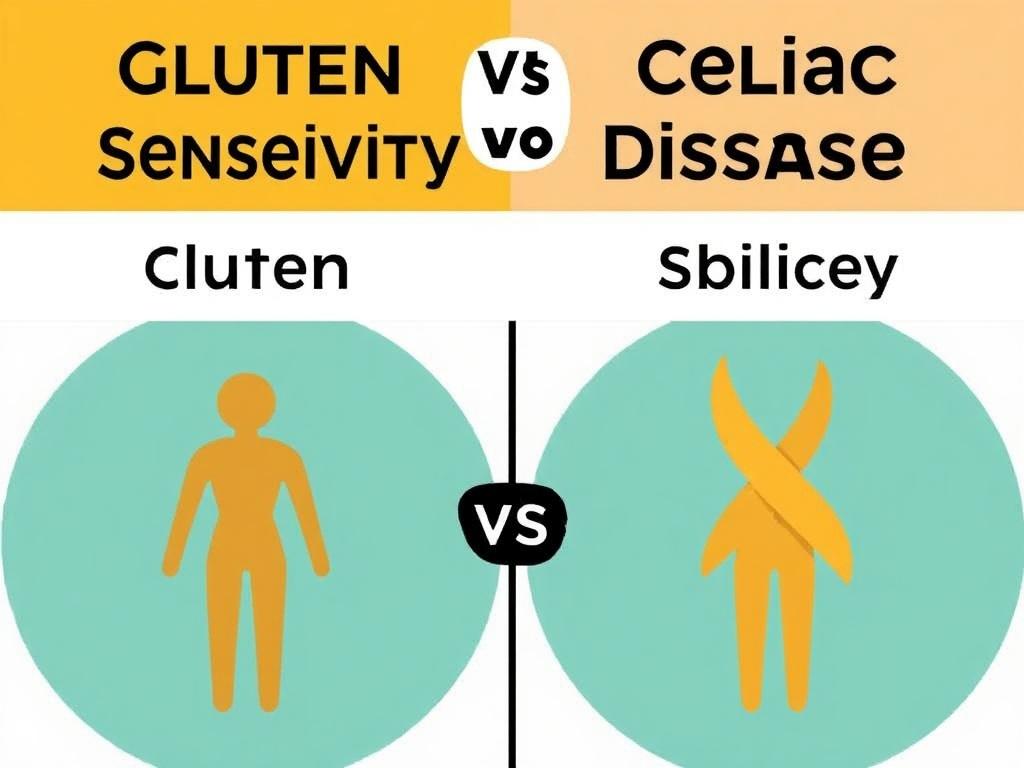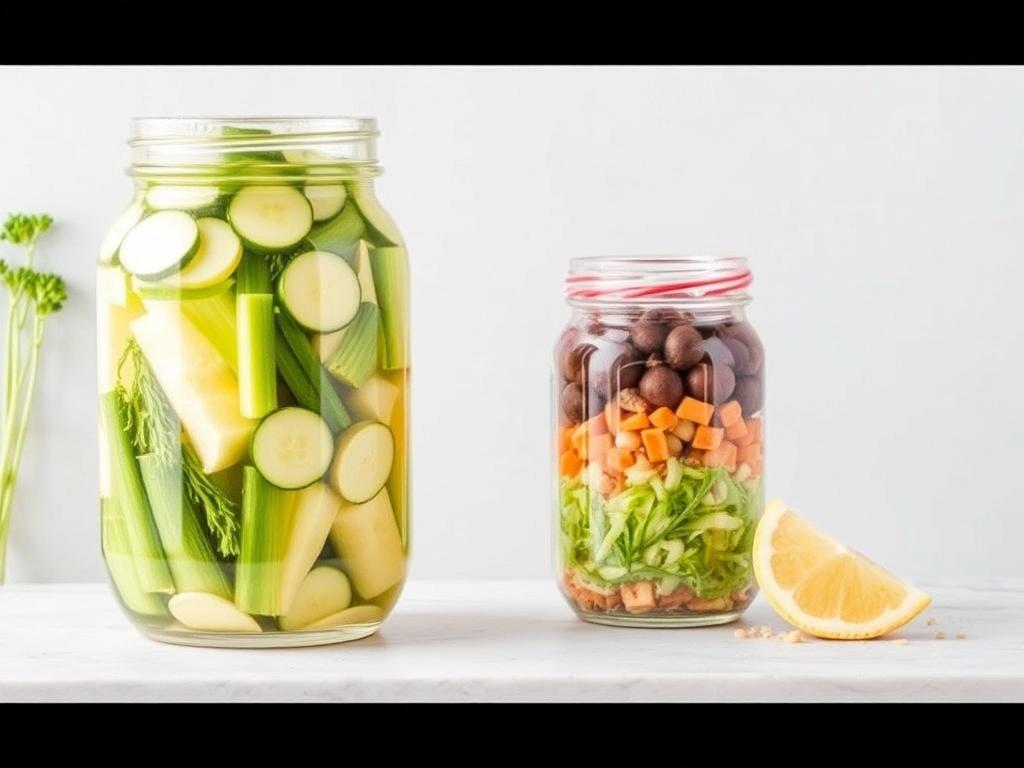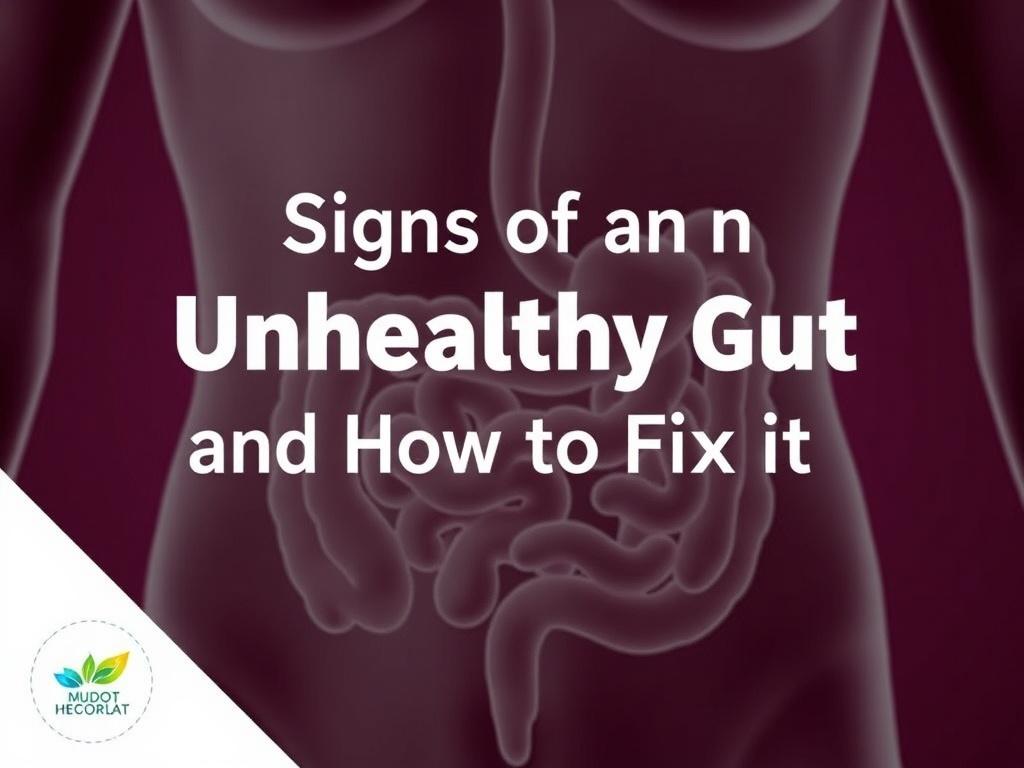When it comes to digesting food and absorbing nutrients, the small intestine plays an extraordinary role that few people fully appreciate. Nestled between the stomach and large intestine, this long, winding organ is the unsung hero that transforms the meals we eat into the energy and building blocks our bodies need to function. Understanding the role of the small intestine in nutrient absorption not only unveils how our digestive system operates but also highlights why maintaining intestinal health is essential for overall well-being. In this article, we’ll explore the structure and function of the small intestine, how it absorbs various essential nutrients, and what factors can impact this critical biological process.
Understanding the Small Intestine: Anatomy and Function
To grasp the role of the small intestine in nutrient absorption, it’s helpful to first know a bit about its anatomy. The small intestine is approximately 20 feet long in adults and can be divided into three parts: the duodenum, jejunum, and ileum. Each section has a unique role in the digestive process, working seamlessly to break down food and absorb nutrients.
- Duodenum: This first part receives chyme (partially digested food) from the stomach, along with digestive enzymes and bile. It kickstarts the chemical digestion of proteins, carbohydrates, and fats.
- Jejunum: Most nutrient absorption happens here. The inner walls have hundreds of folds called villi and microvilli, which maximize the surface area for absorption.
- Ileum: This final segment continues absorbing nutrients, particularly vitamin B12 and bile salts, before passing the remaining waste to the large intestine.
The lining of the small intestine is specially adapted to maximize nutrient absorption. The villi and microvilli create a vast surface area—imagine a tennis court’s size packed inside your abdomen—allowing the small intestine to efficiently soak up nutrients from the digested food.
How the Small Intestine Absorbs Nutrients
The process of nutrient absorption in the small intestine is both complex and elegantly efficient. It involves breaking down macronutrients—carbohydrates, proteins, and fats—into smaller molecules and then transporting these molecules into the bloodstream or lymphatic system. Let’s break down each category:
Carbohydrate Absorption
Carbohydrates are primarily broken down into simple sugars like glucose. The enzymes secreted into the duodenum, such as pancreatic amylase, continue the process started in the mouth. Once carbohydrates are reduced to monosaccharides, they pass through the microvilli into the intestinal cells by specialized transport proteins, such as SGLT1 for glucose. Then they enter the bloodstream to be used as energy or stored for later use.
Protein Absorption
Proteins are first broken down into smaller peptides and then into amino acids by enzymes like trypsin and peptidases. These amino acids are absorbed by the intestinal lining via active transport mechanisms and then released into the blood. Amino acids are essential for repairing tissues, building enzymes and hormones, and supporting muscle growth.
Fat Absorption
Fat digestion is a bit different because fats are not water-soluble. Bile salts produced by the liver emulsify fats into tiny droplets, which enzymes called lipases then break down into fatty acids and monoglycerides. These components are absorbed into the intestinal cells, reassembled into triglycerides, and packed into chylomicrons. The chylomicrons enter the lymphatic system before reaching the bloodstream. Fats provide a dense energy source and are critical to cell membranes and hormone production.
Vitamin and Mineral Absorption
The small intestine also absorbs various vitamins and minerals essential for health. For example:
| Vitamin/Mineral | Location of Absorption | Key Functions |
|---|---|---|
| Vitamin B12 | Ileum | Red blood cell production, nerve function |
| Iron | Duodenum | Oxygen transport in blood |
| Calcium | Duodenum and jejunum | Bone health, muscle contraction |
| Folate (Vitamin B9) | Jejunum | DNA synthesis, cell growth |
Fat-soluble vitamins (A, D, E, and K) are absorbed along with dietary fats, while water-soluble vitamins (C and B-complex) are absorbed through different carrier proteins. Minerals like magnesium, potassium, and zinc also absorb predominantly in the small intestine.
The Importance of Surface Area: Villi and Microvilli
The structure of the small intestine’s inner surface is one of nature’s remarkable designs. Without the increased surface area provided by the villi and microvilli, nutrient absorption would be dramatically less efficient. Each villus contains a network of blood capillaries and a lymphatic vessel called a lacteal, which help transport nutrients away from the intestine.
Think of the villi and microvilli like tiny fingers lining the inside of the intestine, waving food molecules onto the body’s transport pathways. This clever design means nutrients are absorbed faster and more completely than in a flat surface, enabling the small intestine to meet the body’s high demands for nourishment.
Common Conditions Affecting Nutrient Absorption in the Small Intestine
0
Since the small intestine is so crucial for nutrient absorption, any impairment in its function can lead to malnutrition and a variety of health problems. Let’s take a look at some conditions that can negatively impact this process:
- Celiac Disease: An autoimmune disorder where ingestion of gluten damages the villi, reducing surface area and nutrient absorption.
- Crohn’s Disease: A chronic inflammatory condition that can affect any part of the gastrointestinal tract, often causing damage to the small intestine’s lining.
- Lactose Intolerance: Caused by a deficiency of lactase enzyme in the small intestine, leading to difficulty digesting lactose, a sugar in dairy.
- Short Bowel Syndrome: Occurs when segments of the small intestine are surgically removed or damaged, reducing absorption capacity.
- Infections: Intestinal infections caused by bacteria, viruses, or parasites can temporarily disrupt absorption.
Understanding these conditions helps explain why sometimes people can eat well but still have nutrient deficiencies, as the small intestine may not be functioning optimally.
Factors That Influence the Efficiency of Nutrient Absorption
Several lifestyle and dietary factors directly affect the small intestine’s ability to absorb nutrients. Here are some key influences to consider:
- Diet Composition: A diet rich in fiber, healthy fats, and balanced macronutrients supports optimal digestion and absorption.
- Hydration: Adequate water intake facilitates smooth passage of food and nutrient diffusion.
- Gut Flora: The microbiome plays a role in breaking down certain nutrients and supporting the intestinal lining.
- Stress Levels: Chronic stress can slow digestion and reduce blood flow to the intestines, impairing absorption.
- Medications: Some medications, like antibiotics or antacids, may disrupt the gut environment or enzyme activity.
- Age and Health Status: Absorption efficiency can decline with age or chronic disease, requiring nutritional adjustments.
By addressing these factors, individuals can help their small intestine perform its nutrient-absorbing functions more effectively.
The Journey of Nutrients After Absorption
Once nutrients pass through the intestinal cells, their journey is far from over. The absorbed sugars, amino acids, vitamins, and minerals typically enter tiny blood vessels called capillaries within the villi. From here, they travel to the liver through the portal vein, where they can be metabolized, stored, or distributed to other parts of the body.
Fats, on the other hand, enter the lacteals, a component of the lymphatic system, before eventually draining into the bloodstream near the heart. This intricate transportation network ensures that every cell in the body receives the nutrients required to sustain life.
Table: Overview of Nutrient Absorption in the Small Intestine
| Nutrient Type | Breakdown Products | Primary Absorption Site | Transport Mechanism | Function in the Body |
|---|---|---|---|---|
| Carbohydrates | Monosaccharides (glucose, fructose) | Jejunum | Active transport and facilitated diffusion | Energy supply |
| Proteins | Amino acids | Jejunum | Active transport | Tissue repair and enzyme production |
| Fats | Fatty acids and monoglycerides | Ileum and jejunum | Passive diffusion into lacteals | Energy storage, cell membrane structure |
| Vitamins (A, D, E, K) | Fat-soluble vitamins | Jejunum and ileum | Absorbed with dietary fats | Immune support, bone health |
| Minerals (Iron, Calcium) | Elemental irons and ions | Duodenum and jejunum | Active transport | Oxygen transport, bone maintenance |
Maintaining Small Intestine Health for Optimal Absorption
Considering the central role the small intestine plays in nutrient absorption, it’s vital to protect and maintain its health. A few practical tips can go a long way:
- Eat a balanced diet rich in fruits, vegetables, lean proteins, and healthy fats.
- Avoid excessive processed foods, which can harm the gut lining and microbiome.
- Stay hydrated to support digestion and nutrient transport.
- Incorporate probiotics and prebiotics to nurture beneficial gut bacteria.
- Manage stress through mindfulness or physical activity to improve digestive function.
- Consult healthcare providers if experiencing symptoms like bloating, diarrhea, or unexplained nutrient deficiencies.
These strategies enhance the small intestine’s ability to absorb nutrients efficiently, keeping the entire body nourished and balanced.
Emerging Research and Future Perspectives
Modern science is continuously unraveling new details about the small intestine’s function and its role in overall health. Recent studies highlight the interplay between the gut microbiome and nutrient absorption, revealing how microbes can influence metabolism and even immunity. Researchers are also developing targeted therapies to repair or regenerate damaged intestinal lining, which could revolutionize treatment for conditions like celiac disease or Crohn’s disease.
In addition, technological advances such as capsule endoscopy allow physicians to view the small intestine in unprecedented detail, aiding in early detection of disorders that impact absorption. Dietary supplements designed to support intestinal health are becoming more personalized based on individual gut profiles, marking a new era in digestive care.
Frequently Asked Questions About the Small Intestine and Nutrient Absorption
- Q: How long does food stay in the small intestine?
A: Food typically spends 3 to 5 hours in the small intestine, allowing ample time for digestion and absorption. - Q: Can the small intestine heal itself if damaged?
A: Yes, the small intestine has a remarkable ability to regenerate its lining cells, but chronic damage may require medical treatment. - Q: What symptoms indicate poor nutrient absorption?
A: Symptoms may include fatigue, weight loss, bloating, diarrhea, and nutrient deficiencies such as anemia. - Q: Is nutrient absorption affected by age?
A: Absorption efficiency can decline with age, especially for certain vitamins and minerals, making balanced nutrition even more important.
Conclusion
The small intestine is an incredible organ, pivotal to our body’s ability to extract life-sustaining nutrients from the food we consume. Its specialized structure, from the duodenum through the jejunum to the ileum, orchestrates a detailed and highly efficient process of digestion and absorption, ensuring that carbohydrates, proteins, fats, vitamins, and minerals enter our bloodstream to fuel growth, repair, and vitality. However, this essential role can be compromised by disease, diet, and lifestyle factors, reminding us of the importance of supporting small intestine health through balanced nutrition, hydration, and mindful living. As science continues to shed light on this digestive powerhouse, we gain better tools to protect, nurture, and optimize nutrient absorption, helping us all to live healthier and more energized lives.
Читайте далее: